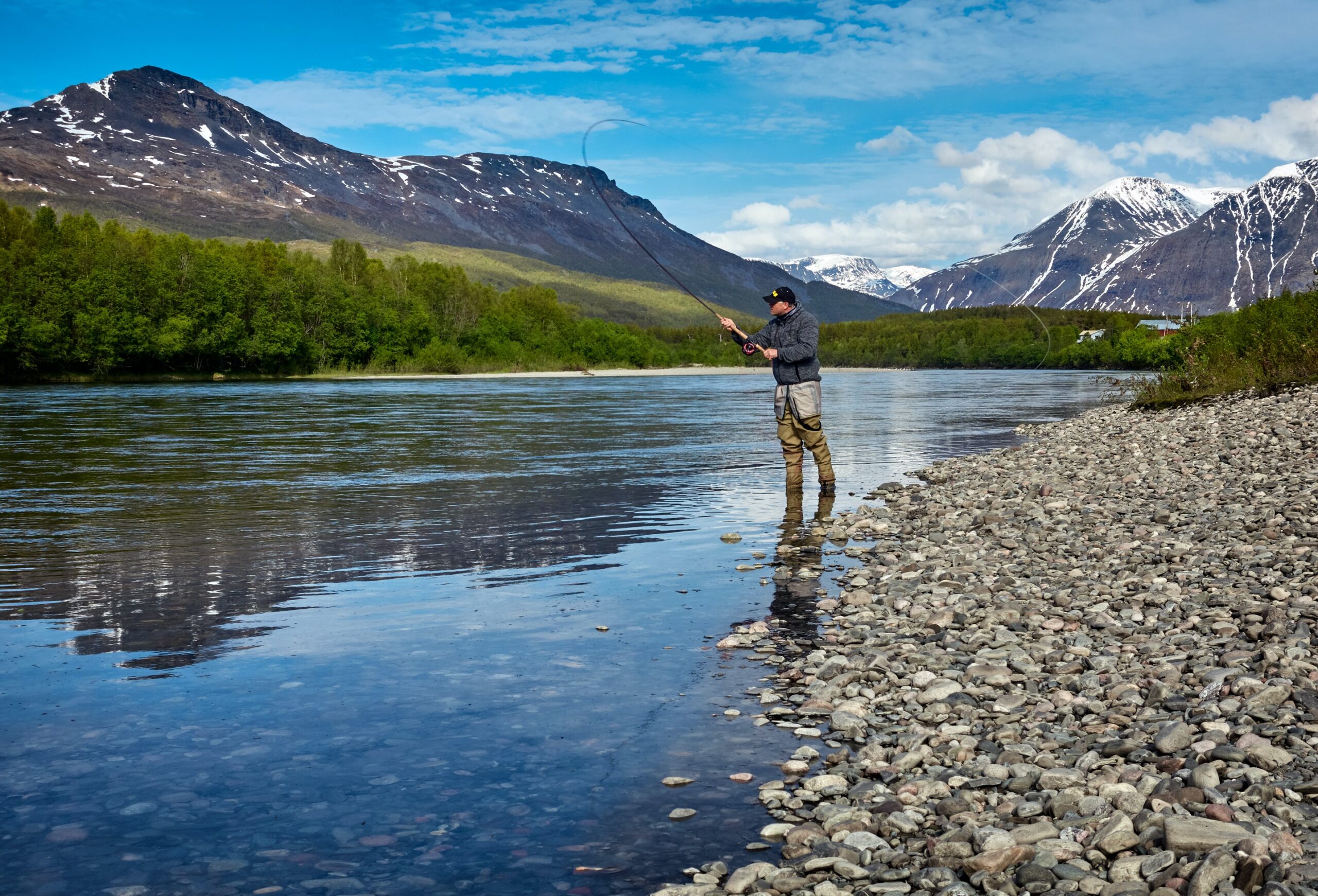
This article was originally published in the Washington Examiner.
Everyone wants fresh air, clean water, healthy wildlife populations, and open spaces to enjoy. As climate change threatens those goals, nature itself is a big part of the solution.
During the 117th Congress, then-Minority Leader Rep. Kevin McCarthy (R-CA) formed the Energy, Climate, and Conservation Task Force with six policy areas of focus. One of these pillars, titled Conservation With a Purpose, would harness the power of natural ecosystems to sequester carbon and fight climate change. Reforestation, coastal ecosystem restoration, and regenerative agriculture could account for more than a third of emissions reductions needed by 2030 while making us more resilient to a changing climate.
Now as speaker of the House, McCarthy has the opportunity to put these plans into action, especially now that Rep. Bruce Westerman (R-AR), the only licensed forester in Congress, leads the House Natural Resources Committee. The 118th Congress should lead on conservation priorities, such as natural climate solutions and forest restoration initiatives, to unite Americans over environmental stewardship. After all, 90% of Americans are in favor of planting trees and restoring ecosystems to tackle climate change.
Active forest management and wildfire prevention is the perfect example of “conservation with a purpose.”
While much attention is understandably paid to the threat catastrophic wildfires pose to human life and communities, wildfires also scorch wildlife habitats, choke the air with smoke, foul streams, and destabilize our climate. In California in 2020, wildfires contributed more emissions than the state’s electricity-generating and industrial sectors the previous year. Cutting red tape, limiting litigation impacts, and promoting partnerships to better manage national forests are essential to ramping up forest restoration, reducing wildfire risks, and ensuring a healthy climate and forest ecosystems.
Active forest management is a large piece of the puzzle, but just one way that we can conserve our natural spaces while also harnessing their power to fight climate change.
Farmers and ranchers, hunters and anglers, indigenous communities, and local stakeholders all provide essential public conservation benefits and must be treated as partners in achieving environmental goals. Farmers and ranchers, for example, provide essential open space and wildlife habitat, and regenerative agriculture increases yields and improves soil quality for years to come. Ecosystem restoration, such as that of the Everglades in Florida, stores carbon and increases the ecosystem’s resilience to extreme weather such as hurricanes.
These bipartisan, cooperative solutions to the environmental challenges we face are more durable because they are not contingent on one party controlling Congress or the White House—making them sustainable in the truest sense of the word. We can’t afford to rely solely on the federal government for climate solutions, so any federal action on climate must prioritize the use of local knowledge from experts who work the land each and every day.
Supporting policies that leverage incentives and partnerships to protect our natural heritage should be a big part of our strategy to address environmental challenges. From active forest management to innovative agricultural practices to ecosystem restoration, now is the time to act. Our organizations look forward to working with leaders in Congress to achieve lasting conservation successes.






